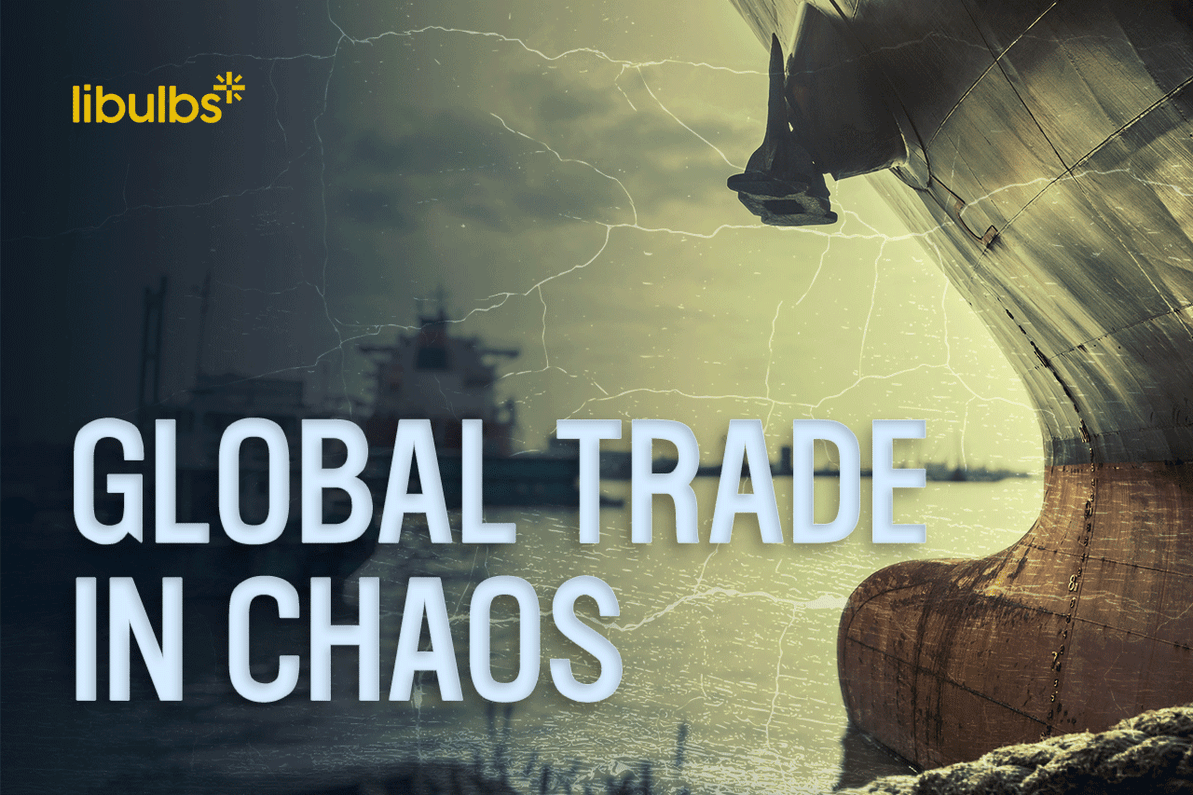Global Turmoil and its Impact on Ocean Shipping Rates: Challenges for the Lighting Import Industry
Introduction:
Amidst ongoing global conflicts such as the Israel-Palestine issue and the Russia-Ukraine war, the recent Hooti attack on ocean shipping carriers has added to the challenges faced by the world's shipping industry. This intricate backdrop has led to a surge in ocean shipping rates, significantly affecting various sectors, including the lighting import industry. Lighting importers are now navigating the compounded effects of geopolitical issues, prompting a reassessment of supply chain strategies.
Global Unrest and Rising Ocean Shipping Rates:
Against a backdrop of geopolitical tensions, the Hooti attack has further strained the already vulnerable global shipping industry. Lighting importers, reliant on smooth logistics, are grappling with increased ocean shipping rates, impacting their financial stability and overall competitiveness.
Supply Chain Disruptions:
The convergence of geopolitical conflicts has resulted in disruptions across global supply chains, with lighting importers experiencing delays and uncertainties. These disruptions manifest as inventory shortages, potential customer dissatisfaction, and strained business relationships, creating additional hurdles for companies already facing challenges in the current global environment.
Increased Operational Costs:
The surge in ocean shipping rates, compounded by geopolitical tensions, translates into higher operational costs for lighting importers. From elevated freight charges to expenses incurred due to delays and rerouting, businesses in the lighting industry are confronting financial burdens that may impact their viability.
Adapting to Global Challenges: Near-Shoring and Alternative Strategies:
In response to the multifaceted challenges stemming from global conflicts, companies, including lighting importers, are exploring adaptive strategies. One notable approach is near-shoring, where companies source goods from geographically closer regions, aiming to minimize dependence on long-distance shipping routes and enhance supply chain resilience.
Conclusion:
The convergence of global geopolitical tensions and the Hooti attack has created a turbulent environment for the ocean shipping industry. Lighting importers are navigating through increased shipping rates, supply chain disruptions, and rising operational costs. As companies adapt to this complex landscape, the exploration of alternative strategies, such as near-shoring, becomes imperative for maintaining the robustness of supply chains. The ongoing challenges underscore the need for flexibility and resilience in the face of global uncertainties. In our upcoming post, we will delve deeper into the implications of near-shoring and its potential impact on the lighting import industry's ability to weather the ongoing storms of global unrest.
Recent Posts
-
Global Turmoil and its Impact on Ocean Shipping Rates: Challenges for the Lighting Import Industry
Introduction: Amidst ongoing global conflicts such as the Israel-Palestine issue and the Russia-Uk …28th Feb 2024 -
Lighting Imports: Adapting to Global Shipping Challenges
In the current landscape of global upheavals and their consequential impact on ocean shipping rates, …28th Feb 2024 -
Ultimate Guide to Replacing Fluorescent Tubes with T8 LEDs Tubes
Welcome to the ultimate guide that will illuminate your path to a brighter, more energy-efficient …16th Jan 2024




